Bringing an Architectural Model to Life
Surprisingly, despite the wealth and advancement of multimedia technologies, a special place among presentation solutions is still occupied by the traditional architectural model. Of course, technology has changed it a lot. Windows light up in houses, streetlights shine on 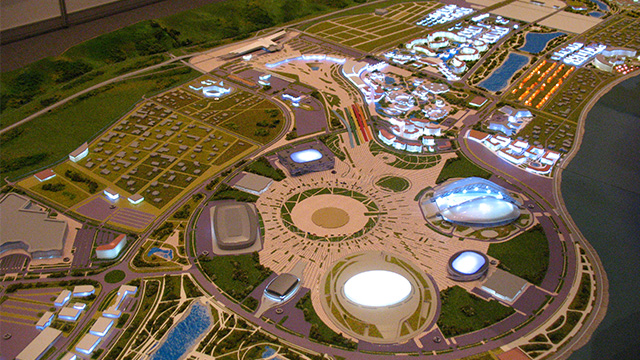 avenues, trains move, and wind turbines spin, but the question of obtaining additional information about a particular object remains open. This is where multimedia technologies, led by augmented reality, come to the rescue.
avenues, trains move, and wind turbines spin, but the question of obtaining additional information about a particular object remains open. This is where multimedia technologies, led by augmented reality, come to the rescue.
The integration of multimedia screens into static architectural models is a modern and innovative solution that enables the creation of unique and highly informative presentations and concepts. This technology combines the advantages of static design with the capabilities of multimedia solutions, making projects more dynamic, engaging, and effective.

The first and one of the main advantages of this technology is the ability to provide clients with a realistic panorama of how their future project will look in its environment. These screens can display three-dimensional models of buildings and landscapes, as well as show animations simulating changes in time of day, lighting, and other real-life aspects. Such visualization allows clients to better assess the harmony and compatibility of the project with its surroundings before it is actually implemented.
Another advantage is tha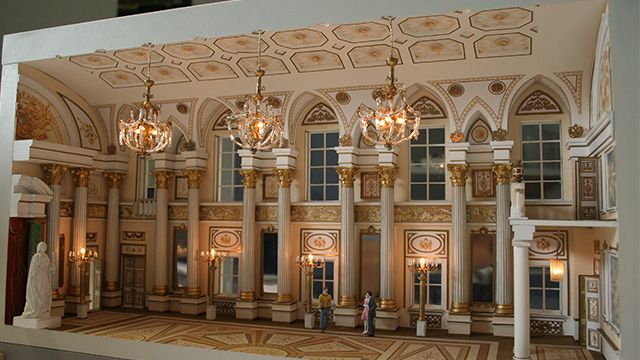 t the use of multimedia screens and augmented reality technology makes it possible to present the object in motion. Viewers can observe how buildings change, go through different phases of construction or reconstruction. This approach helps viewers better understand the project concept and visualize the future result.
t the use of multimedia screens and augmented reality technology makes it possible to present the object in motion. Viewers can observe how buildings change, go through different phases of construction or reconstruction. This approach helps viewers better understand the project concept and visualize the future result.
Another equally important advantage is the ability to control the presentation through the multimedia screen. Users can select the information they are interested in, zoom in on the model, and learn details about each element. This interactive approach makes the presentation more engaging and memorable for viewers.
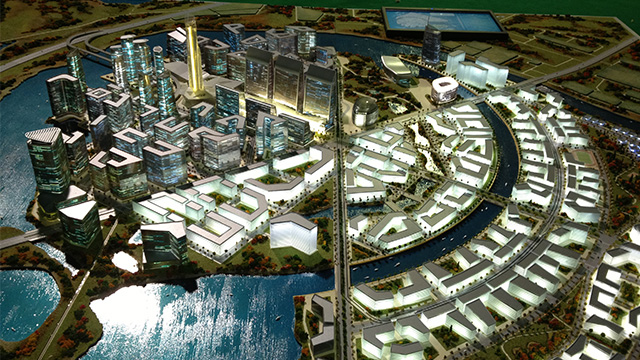
It is important to note that multimedia screens and augmented reality technology can also create unique conditions for museum exhibitions. Fantastic historical events can come to life on the screen, showing how buildings changed in different eras, how they were used, and what events are associated with them. Museum visitors can immerse themselves in virtual reality, which reveals new facets of history. This helps make museums more attractive and dynamic, drawing in more visitors and providing them with unforgettable experiences.
Another important detail is the ability to visualize different project development scenarios. This is especially valuable in the construction of large-scale 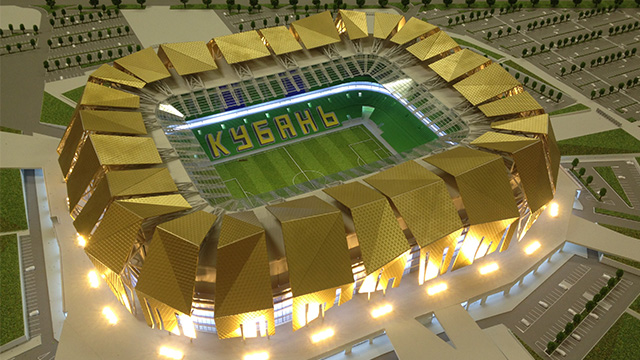 projects, where changes and development can have serious consequences. Instead of using static photos or video materials, multimedia screens can display alternative development options, taking into account various factors and changes in the environment. This helps clients make informed decisions and choose the most suitable options, considering all possible factors and constraints.
projects, where changes and development can have serious consequences. Instead of using static photos or video materials, multimedia screens can display alternative development options, taking into account various factors and changes in the environment. This helps clients make informed decisions and choose the most suitable options, considering all possible factors and constraints.
The ability to present the object in motion, interactive presentation control, creating unique conditions for m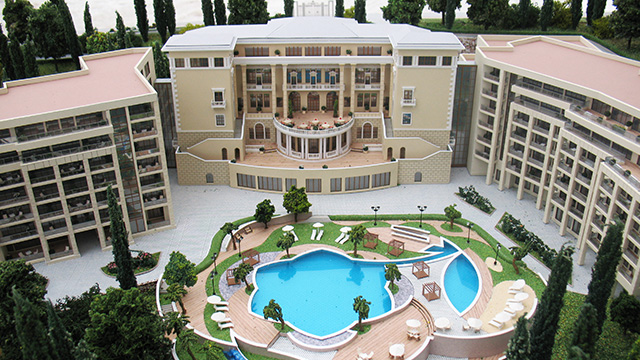 useum exhibitions, and personalizing the viewer experience — all of this makes this type of presentation product an indispensable tool for visualization and audience engagement. The development of technology only expands the possibilities of this approach, making it increasingly attractive and effective in the modern world. The use of multimedia screens is a new perspective on architectural visualization, helping to overcome the limitations of static models and achieve the desired presentation effect more easily.
useum exhibitions, and personalizing the viewer experience — all of this makes this type of presentation product an indispensable tool for visualization and audience engagement. The development of technology only expands the possibilities of this approach, making it increasingly attractive and effective in the modern world. The use of multimedia screens is a new perspective on architectural visualization, helping to overcome the limitations of static models and achieve the desired presentation effect more easily.
And, of course, a certain kind of uniqueness. The use of multimedia screens in architectural models makes projects more unique and distinctive compared to traditional approaches. This helps attract the attention of clients, investors, and potential partners, creating a bright and memorable impression.
